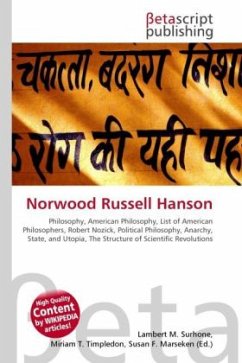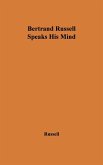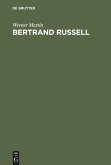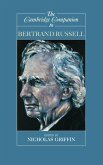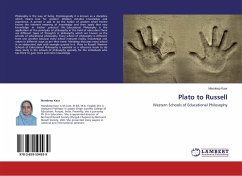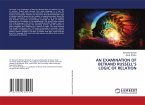High Quality Content by WIKIPEDIA articles! Norwood Russell Hanson (1924 1967) was a philosopher of science. Hanson was a pioneer in advancing the argument that observation is theory laden that observation language and theory language are deeply interwoven and that historical and contemporary comprehension are similarly deeply interwoven. His single most central intellectual concern was the comprehension and development of a logic of discovery. Hanson's best-known work is Patterns of Discovery (1958), in which he argues that what we see and perceive is not what our senses receive, but is instead filtered sensory information, where the filter is our existing preconceptions a concept later called a 'thematic framework.' He cited optical illusions such as the famous old Parisienne woman, which can be seen in different ways. Hanson drew a distinction between 'seeing as' and 'seeing that' which became a key idea in evolving theories of perception and meaning. He wanted to formulate a logic explaining how scientific discoveries take place. He used Charles Sanders Peirce's notion of abduction for this.
Bitte wählen Sie Ihr Anliegen aus.
Rechnungen
Retourenschein anfordern
Bestellstatus
Storno

